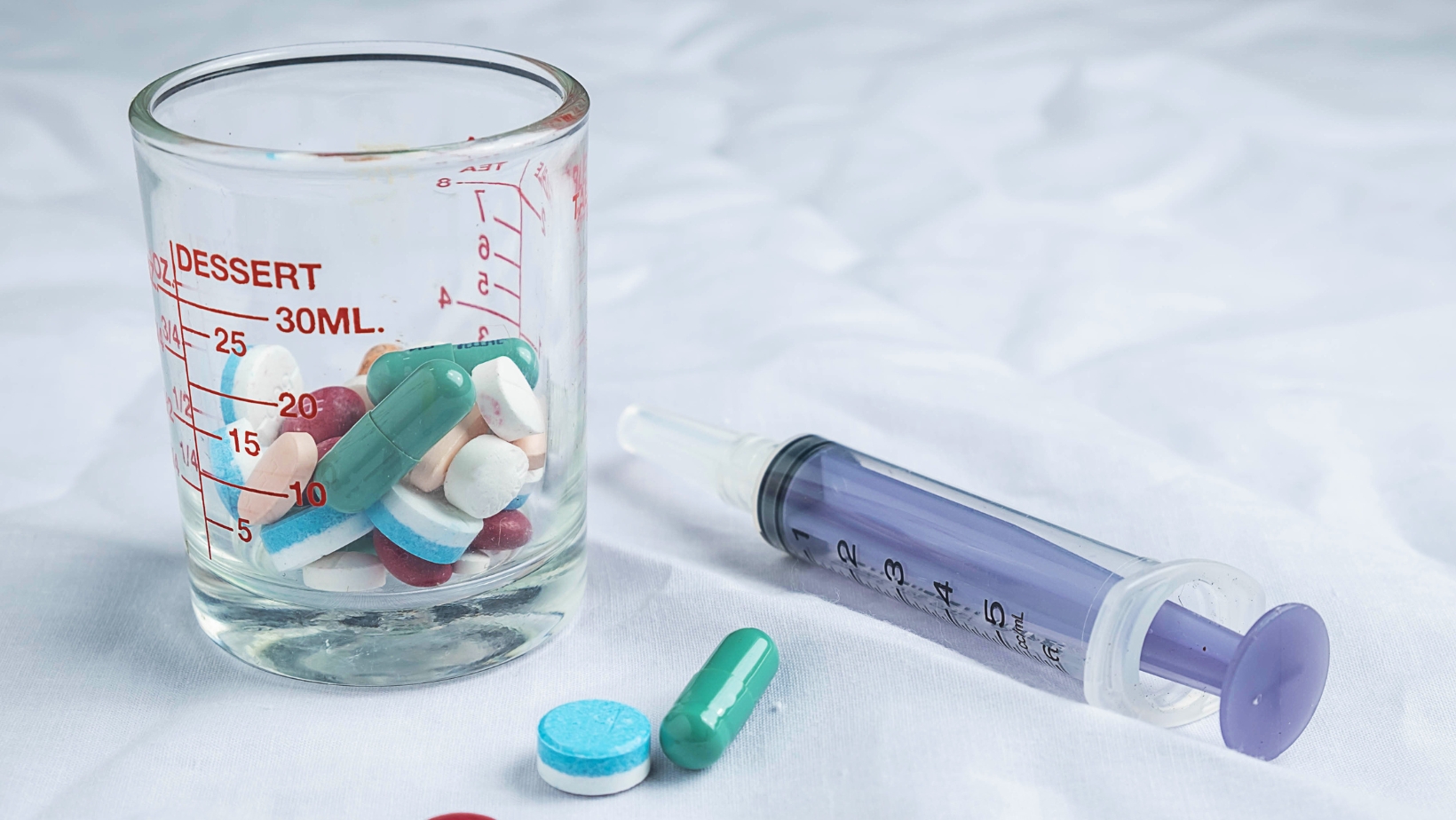
Wondering if it’s safe to take tramadol and gabapentin in the same day? The answer may vary depending on your specific medical condition and the guidance of your healthcare provider. However, in some cases, it is possible to take both medications together under proper supervision.
Tramadol is a prescription pain medication that works by blocking pain signals in the brain, while gabapentin is commonly used to treat seizures and nerve pain. These two drugs have different mechanisms of action and can be prescribed together for certain conditions.
However, it’s important to note that combining tramadol and gabapentin can increase the risk of side effects such as drowsiness, dizziness, and difficulty concentrating. Additionally, both medications can affect the central nervous system, potentially leading to respiratory depression or other serious complications if taken in excessive amounts.
To ensure your safety, always consult with your healthcare provider before taking these medications together. They will consider factors such as your medical history and current medications to determine if this combination is appropriate for you. Remember, never self-medicate or make any changes to your medication regimen without professional guidance.
Can You Take Tramadol and Gabapentin in the Same Day
Potential Interactions Between Tramadol and Gabapentin
When it comes to managing pain, individuals may find themselves wondering if they can take tramadol and gabapentin in the same day. While both medications are commonly prescribed for pain relief, it’s important to understand their potential interactions.
Tramadol is an opioid analgesic that works by binding to opioid receptors in the brain, while gabapentin is an anticonvulsant medication that primarily targets nerve pain. These two drugs have different mechanisms of action, but they can be used together under certain circumstances.
Recommended Dosage for Combining Tramadol and Gabapentin
Determining the appropriate dosage of tramadol and gabapentin when taken together depends on various factors such as the severity of pain, individual tolerance, and other pre-existing medical conditions. It’s essential to follow the guidance provided by your healthcare provider.
Generally, doctors may prescribe a lower dose of each medication when they are combined due to the potential for increased side effects. They will carefully assess your specific situation and customize a treatment plan that maximizes effectiveness while minimizing risks.
Side Effects of Taking Tramadol and Gabapentin Together
Combining tramadol and gabapentin may result in certain side effects due to their combined actions on the central nervous system:
- Dizziness: Both medications can cause dizziness individually, so taking them together might amplify this effect.
- Sedation: The combination of tramadol and gabapentin can enhance the sedative effects, leading to increased drowsiness.
- Respiratory depression: Although rare, combining these medications may potentially suppress breathing function. It’s crucial to seek medical attention immediately if you experience any difficulty breathing.
As with any medication, it’s important to be aware of potential side effects and monitor your body’s response. If you have concerns or encounter any adverse reactions while taking tramadol and gabapentin together, don’t hesitate to reach out to your healthcare provider.

Alternatives to Taking Tramadol and Gabapentin Simultaneously
If you’re wondering whether you can take tramadol and gabapentin in the same day, it’s essential to understand that combining these medications may carry risks and potential side effects. However, there are alternative approaches that can be considered. Here are a few options:
- Consult with your healthcare provider: The first step is to consult with your healthcare provider about your specific situation. They will consider factors such as your medical history, current medications, and any underlying conditions to provide personalized advice.
- Explore non-pharmacological treatments: Depending on the reason for taking tramadol or gabapentin, there might be non-pharmacological treatments available that can help manage your symptoms. These could include physical therapy, acupuncture, massage therapy, or cognitive-behavioral therapy (CBT). Discuss these options with your healthcare provider to see if they might be suitable for you.
- Consider alternative medications: Your healthcare provider may suggest alternative pain relievers or anticonvulsants that can provide similar benefits without the potential risks of combining tramadol and gabapentin. These alternatives could include nonsteroidal anti-inflammatory drugs (NSAIDs), muscle relaxants, or other prescribed medications.
- Adjust dosage or timing: In some cases, it may be possible to adjust the dosage or timing of either tramadol or gabapentin so that they can be taken separately within the same day without causing significant interactions. However, this should only be done under the guidance of a healthcare professional.
Remember that everyone’s medical needs are unique, so what works for one person may not work for another. It’s important to have an open and honest conversation with your healthcare provider about any concerns you have regarding taking tramadol and gabapentin together in order to find the best solution for your individual circumstances.












